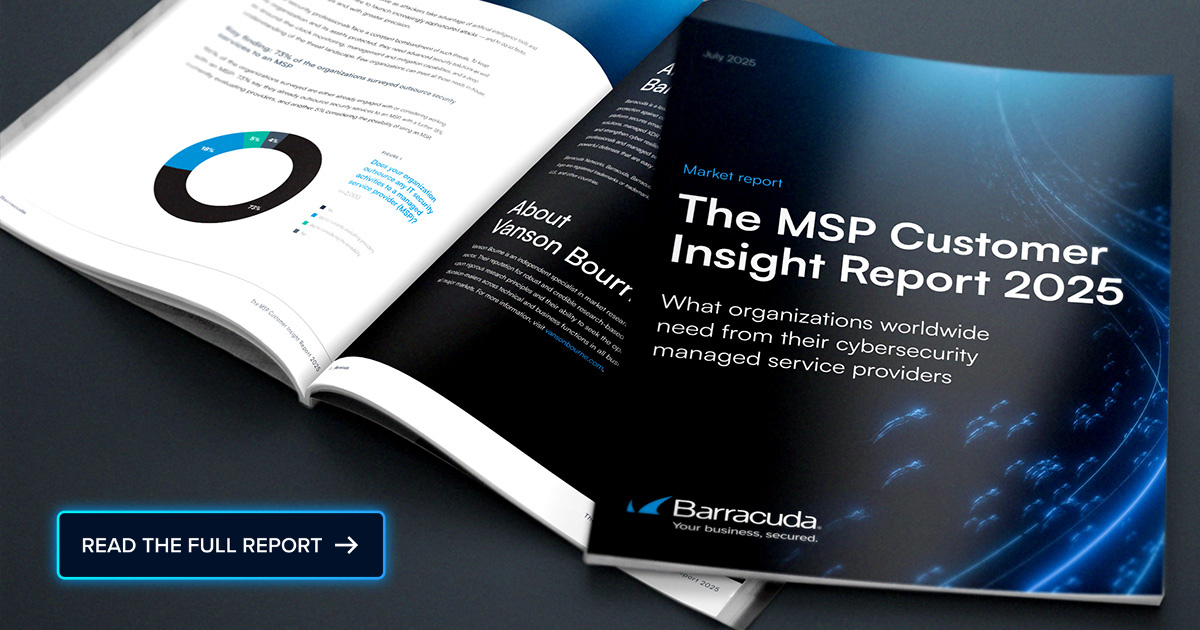 Delivering efficiency and error reduction to your clients is key for managed service providers (MSPs) to remain competitive. At the same time, it can be challenging to maintain the same standards in your internal workflows. Payroll, in particular, is a common obstacle. In this month’s edition of Tip Tuesday, we will share valuable strategies to help you navigate and overcome these challenges.
Delivering efficiency and error reduction to your clients is key for managed service providers (MSPs) to remain competitive. At the same time, it can be challenging to maintain the same standards in your internal workflows. Payroll, in particular, is a common obstacle. In this month’s edition of Tip Tuesday, we will share valuable strategies to help you navigate and overcome these challenges.
Common MSP payroll pain points
Calculating tax withholdings and keeping track of vast employee-related data points can be slow and error-prone at any company. However, MSPs may face even higher challenges.
Managing a remote and hybrid workforce is often difficult, with 63 percent of tech MSPs supporting remote work at least 50 percent of the time. A scattered workforce complicates payroll because employees may reside in multiple states or even countries, each with varying tax regulations. Some remote workers may also be independent contractors, requiring different tax considerations.
Similarly, tracking each employee’s time is harder with a remote or flexible schedule than in a conventional workplace. Consequently, determining the amount due to each worker in time isn’t always easy.
Tracking and reimbursing employees for expenses can introduce further challenges. Roughly 19 percent of all expense reports contain errors, and that’s without the added complexity of a dispersed workforce. Finding and correcting such mistakes can also be costly and time-consuming.
How to manage payroll faster and more accurately
As difficult as MSP payroll management often is, it doesn’t have to be that way. You can streamline these processes and reduce the risk of errors through these five steps.
Automate wherever possible
The most important measure in optimizing MSP payroll is to automate repetitive and data-heavy tasks. Errors are remarkably common — 10 percent to 20 percent of employers have misclassified W2 employees as contractors — but catching and correcting them is slow. Automation is less likely to make such mistakes and can handle this work in less time.
Many dedicated payroll management software options today include automated features. Tax calculations, direct deposits and reporting are all commonly automated in these solutions.
Consequently, you should look for a platform that offers as much automation as possible, as long as such functions align with your existing pain points.
Choose payroll software that fits your needs
While many payroll management solutions will automate slow and error-prone processes, not all are created equal. You should consider a few case-specific factors to find one that suits your needs.
The average organization uses a staggering 112 distinct software apps, so you should ensure any payroll platform integrates with your existing tools. Similarly, opt for an option that supports as many users as you need for a reasonable price. Cybersecurity protections and automated compliance with any applicable regulations are also worth considering.
A dedicated support line and an easy-to-use interface are good to have, too. While not strictly necessary, such advantages make payroll software easier to implement, leading to fewer errors and less disruption.
Standardize workflows
Regardless of what software you use, some steps in the process will remain in the hands of employees. You can streamline and error-proof these through standardization. Create specific protocols for each payroll management step for all employees and compile these into a simple, readable document.
Consider making a checklist for each payroll employee to follow. As small a step as this may seem, it makes it harder to forget easily overlooked but critical details. When everybody follows the same schedule, it also makes it easier for workers to develop a rhythm and complete things in less time.
Practice good data management
Given how complex MSP payroll compliance can be, you should also develop a strong data governance plan. Teams should collect and store as much information as possible and ensure these details are accurate, up to date and secure.
An automated data cleansing process can help, as most real-world datasets have missing values and correcting such errors can be time-consuming. These applications should also validate information to catch potential issues before they lead to mismanaging funds or regulatory noncompliance.
Because payroll information is so sensitive, you should also implement strict cybersecurity measures. Restrict access to this data as much as possible and store it in an encrypted, monitored cloud database.
Audit payroll processes regularly
Your business needs an ongoing review and optimization schedule. Employees stay at professional service companies for an average of 3.5 years, so even without hiring growth, your workforce will shift over time. Laws and available technologies can also change, so an efficient, effective payroll process today may not be immediate.
Audit these workflows at least once a year. Measure your error rates, time taken for each step and what obstacles workers report. Remember to consider any changing regulations or newly available payroll apps that could help you further. When you regularly reassess and improve these processes, you’ll remain as efficient as you can be.
Optimize your payroll process today
MSP payroll is often slow and full of mistakes, but it doesn’t need to be. Once you know how certain workflow adaptations and technologies can help you, you can streamline and hone the process. Doing so will ensure you can enjoy the same speed and accuracy as you offer to your clients.
Read the Tip Tuesday series for more insights on how to better your MSP business.
Photo: Yuri A / Shutterstock

